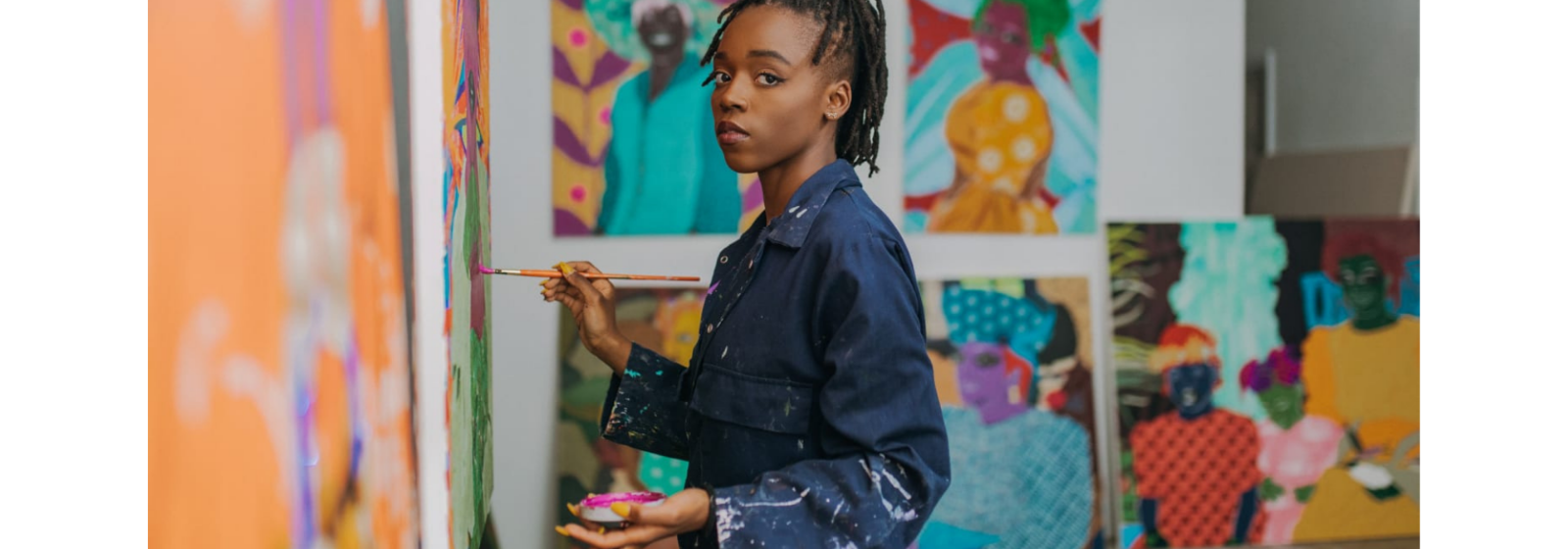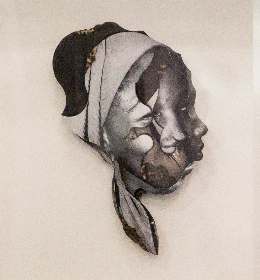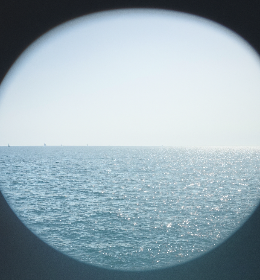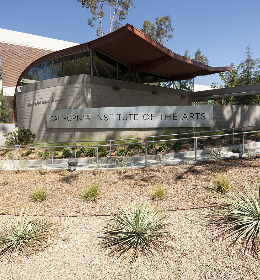Being able to express and transcribe them allows us to take control over them and accept them, especially when they are rooted in pain. Hailing from the Bahamas, artist Cydne Jasmin Coleby uses her own technique, born from the collage of different elements that depict her perception of the personalities of those that are close to her, specifically feminine ones.
After having her own exhibition in Paris at the Julien Cadet gallery, it's in London's Unit that her work has been put in the spotlight. A conversation.

Cydne Jasmin Coleby, Courted Laydees (2021) — Unit London
A technique
I’ve always had a fascination with collage making and merging different materials together has always been my favourite type of art. I have always gravitated towards building up a piece and seeing what different levels it could have. About my practices, to express this idea of fusing different experiences and life points, collage seemed like the way to go.
As for my process, It depends on the work really. In previous works, the starting point has been a situation and in others it’s been a combination of the two, an image could trigger a thought that could remind me of the situation and I want to expound upon it and other works, like those in Queen Mudda the images are the starting point.
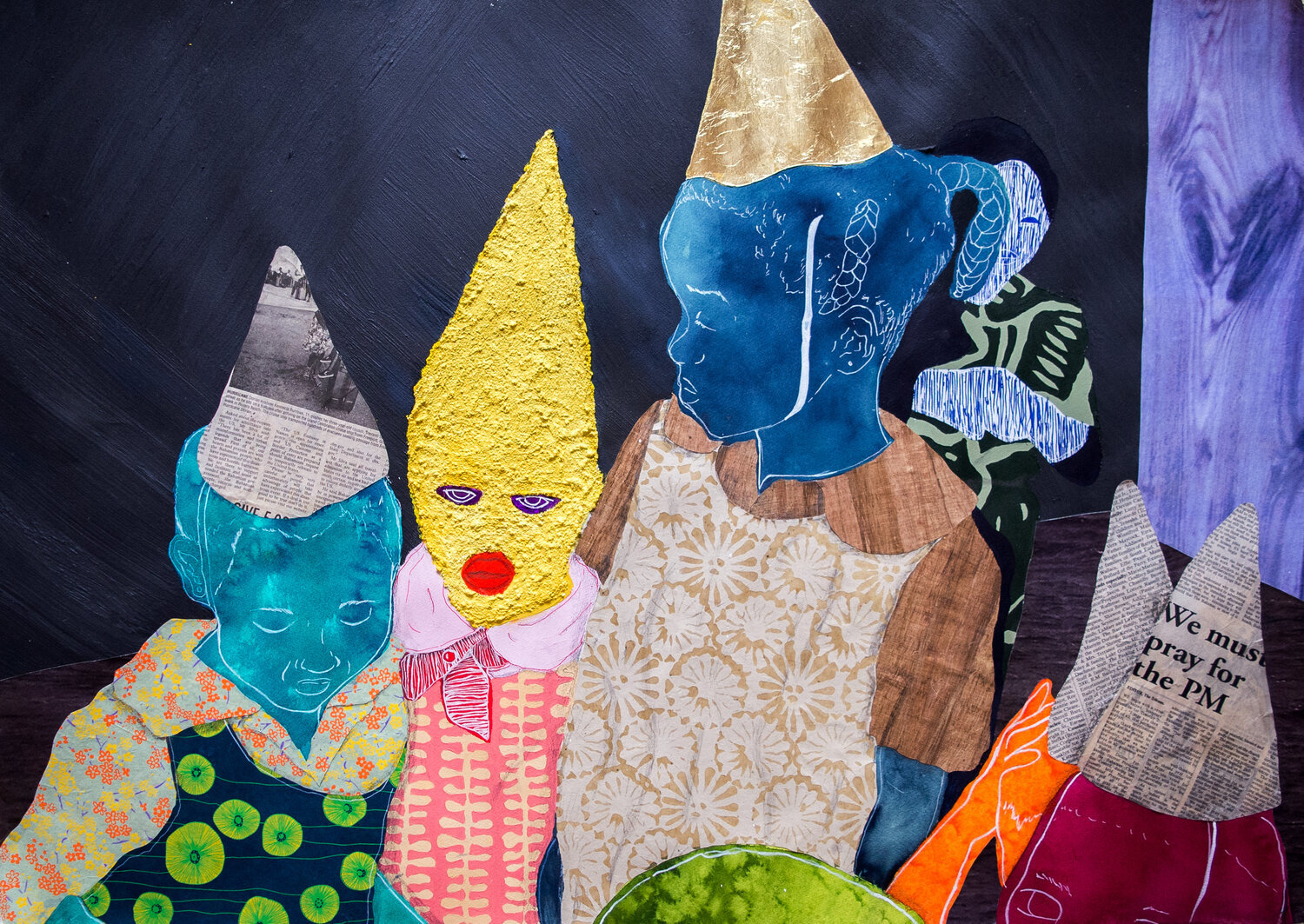
They Made Me Wear It (2020)
Cultural and material codes, from Junkanoo to Andriosa
Androsia is a wax fabric boutique in the Bahamas on the island of Andros. It was established in the 1970’s by Rosey Birch as a means of celebrating the island and the culture while also providing employment for the women in the area. Another reference that you see in my work is my use of sand. I am using sand from Bahamian beaches in the paintings. There’s been a lot of controversy around ownership of beaches here, and rights to access them. So taking this bit of sand and incorporating it is a way for me to affirm my right to this place that I call home.

Gapseed (2020)
Women, a chain of solidarity, a transfer
The generational ties between these women was something that I wanted to highlight. I didn’t want to just focus on people of a certain age because I understand that at each stage of our womanhood we’re navigating what it means to be a woman.
Elder women will pass knowledge down to the younger generation of women, on the ways in which they can navigate their femininity. Having the different ages acts as a foreshadowing and remembrance of life lessons, and how I see myself in connection with these women at these various stages. And this navigation of womanhood is lifelong. At no point in our lives will we have all the answers, and sometimes you just need to have someone, literally or figuratively, showing you support as you try to figure them out. We will constantly be shifting between being the student and the teacher in our relationships with other women, and this body of work allows me to explore that dialogue.

Specimen (10/11) (2019)
Black" art, a useful term or just a catch-all shortcut?
There is a shift in the art market and people are seeking works from artists of colour/black artists, and being that I am black I would imagine that people would place me in this movement. However I don’t necessarily feel as though I am a part of a larger movement because my work is so specific to myself, Bahamian culture, and by extension, the Caribbean.
Yes there are obvious similarities between the members of the African Diaspora, however to lump them together disregards the nuances of their individual cultures. Black culture is resilient - when you look at the cultures of Caribbean nations, African Nations, Black communities in America you will see similarities, but there are distinct variances. It’s as though there’s a source code that was later altered. The most serious alteration to the code being events such as the Atlantic Slave Trade and the colonisation of African and Caribbean nations. This is not to say that blackness is defined by the brutalities of white supremacy, but it did impact the ways in which Black people had to pivot in order to maintain their customs. One example would be the limitations and restrictions on resources. When people no longer have access to materials that they would normally have an abundance of, you see innovations in areas such as fashion, cuisine, and religious practices. The ways in which the members of the diaspora had to innovate are specific to each region and these specific innovations deserve to be highlighted and celebrated.

Specimen (5/11) (2019)
A comeback to sexuality and femininity, and an exploration of digital mediums
I do enjoy making works that reference my family archives, and I think that there is a lot that could be unpacked about my particular brand of blackness and culture in doing so. But I don’t anticipate solely producing works that focus on these themes. I have ideas for other projects that explore themes of sexuality and femininity that I’ve put on the back burner for a while and I would like to revisit them.
As for whether or not I will continue with portraiture, I have a love for the figure and am deeply fascinated by the body so I imagine that I will always make figurative work. However I don’t intend on sticking with traditional mediums. I have a history of working as a graphic designer and my entire process starts digitally, I’m very intrigued by the idea of exploring the possibilities offered by digital mediums.

Prayer of Serenity (2019)
images: Courtesy the artist and Unit London




